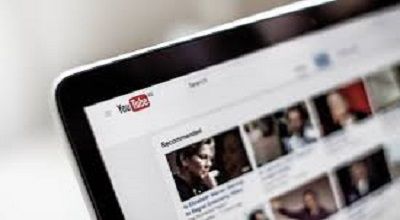YouTube used in the classroom
YouTube used in the classroom: YouTube is used in various ways in classrooms to enhance learning experiences and engage students. Here are some common ways educators incorporate YouTube into their teaching:
Educational Videos and Tutorials:
Teachers use YouTube to find educational videos and tutorials that complement their lessons. These videos can provide visual demonstrations, explanations, and real-world examples to help students grasp complex concepts.
Flipped Classroom Model:
In a flipped classroom, teachers assign video lectures or instructional content on YouTube for students to watch at home. Classroom time is then used for discussions, collaborative activities, and problem-solving, allowing students to apply what they’ve learned.
Documentaries and Virtual Tours:
YouTube offers a vast collection of documentaries and virtual tours. Teachers can use these resources to take students on virtual field trips, exploring places and concepts that might be difficult to access in person.
Student-Created Content:
Students can create their own educational videos or presentations and upload them to YouTube. This not only enhances their digital literacy skills but also allows them to share their knowledge with a broader audience.
Supplemental Material:
YouTube can be used to provide additional resources and supplementary material that goes beyond the textbook. Teachers can curate playlists or share specific videos to deepen students’ understanding of a particular topic.
Demonstrations and Experiments:
Science and math teachers often use YouTube to find demonstrations of experiments or simulations that may be challenging to replicate in the classroom. This allows students to witness experiments and concepts in action.
Language Learning:
Language teachers leverage YouTube to expose students to authentic language usage, accents, and cultural context. They can use videos with subtitles, dialogues, and language lessons to enhance language acquisition.
Current Events and News Analysis:
Teachers can use YouTube to share current events and news clips, fostering discussions and critical thinking among students. This approach helps students stay informed and connected to the real world.
Music and Arts Education:
YouTube is a valuable resource for music and arts education. Teachers can access performances, tutorials, and historical footage to enhance lessons on music theory, art history, or specific artistic techniques.
Feedback and Reflection:
Students can upload their presentations, projects, or assignments to YouTube for peer review or teacher feedback. This provides an additional platform for reflection and improvement.
Summary
Summary When using YouTube in the classroom, it’s essential for educators to ensure that the content is age-appropriate, accurate, and aligned with educational goals. Additionally, considering potential accessibility issues and having a plan for addressing them is crucial to make sure that all students can benefit from the use of online videos
